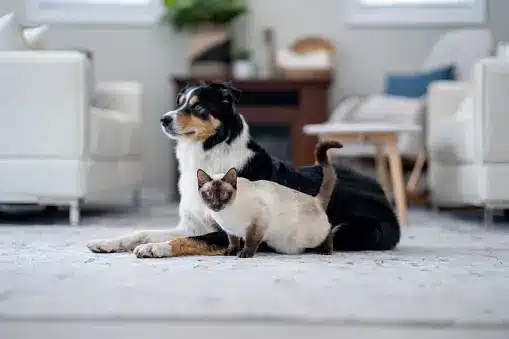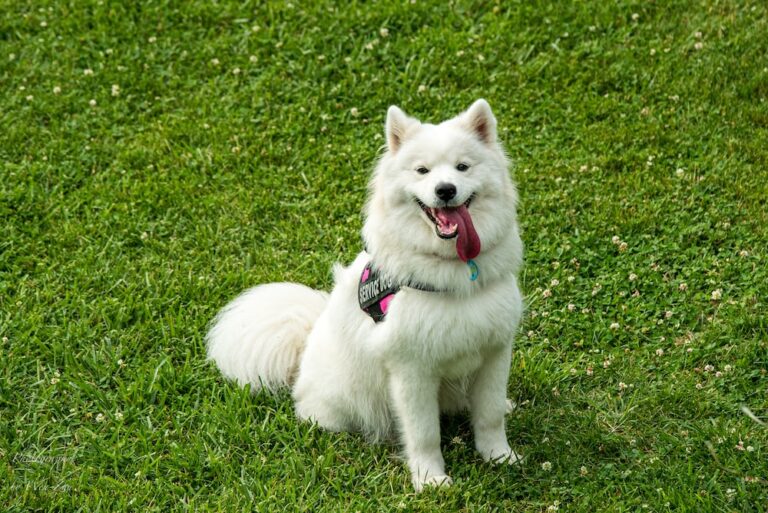Many households have both dogs and cats, but getting them to coexist peacefully can be a challenge. In this pet guide, we will provide you with expert tips and advice on how to help your dogs and cats get along better. Whether you are introducing a new pet or trying to improve the relationship between existing ones, we have the information you need to create a happy and harmonious home for all your four-legged family members.
Differences Between Dogs and Cats
When it comes to understanding the differences between dogs and cats, one of the key aspects to consider is their social behavior. Dogs are known for being pack animals and are highly social creatures. They thrive on companionship and often form strong bonds with their human family members. On the other hand, cats are more independent by nature and are known for their solitary behavior. While they are capable of forming attachments to their owners, they are also content to spend time alone and may not always seek out human interaction.
Social Behavior
Dogs are social animals that rely on strong bonds with their pack members for survival. They are known for their loyalty and ability to form deep connections with their human companions. Dogs are also highly attuned to social cues and body language, making them excellent at reading the emotions of those around them. Cats, on the other hand, are more solitary creatures and do not rely on social bonds for survival. While they are capable of forming attachments to their owners, they are also content to spend time alone and may not always seek out human interaction.
Communication Styles
In terms of communication styles, dogs and cats also differ significantly. Dogs are vocal animals that use a combination of barks, whines, and body language to communicate with others. They are known for their ability to understand human cues and commands, making them highly trainable. Cats, on the other hand, are more subtle in their communication. They use a variety of vocalizations, such as meows, purrs, and hisses, to convey their needs and emotions. Cats also communicate through body language, such as tail flicking, ear position, and facial expressions.
Overall, understanding the differences between dogs and cats in terms of their social behavior and communication styles can help pet owners create a harmonious environment for their furry friends. By recognizing and respecting the unique traits of each species, owners can help their dogs and cats coexist peacefully and even form strong bonds with one another.
Creating a Safe Environment for Both Pets
When bringing a new pet into the home, it is important to create a safe environment for both dogs and cats to help them get along. Here are some key tips to ensure a smooth transition:
Separate Spaces
Providing separate spaces for your dog and cat can help reduce tension and prevent potential conflicts. Make sure each pet has their own designated area with their own food, water, and bedding. This will give them a sense of security and allow them to retreat to their own space if they feel overwhelmed.
Gradual Introductions
Introducing your dog and cat to each other slowly and gradually is crucial for helping them get along. Start by allowing them to sniff each other’s scent through a closed door before gradually introducing them in person. Supervise their interactions closely and be prepared to separate them if any signs of aggression or tension arise.
By creating a safe environment with separate spaces and facilitating gradual introductions, you can help your dogs and cats get along and build a harmonious relationship in your home.
Training Techniques for Harmony
Positive Reinforcement
Using positive reinforcement is a key technique when training dogs and cats to get along. This involves rewarding good behavior with treats, praise, or toys. For example, when your dog and cat interact peacefully, be sure to give them both a treat and lots of praise. This will help them associate good behavior with positive outcomes and encourage more harmonious interactions.
Behavior Modification
Behavior modification techniques can also be used to help dogs and cats get along. This involves identifying any problematic behaviors, such as aggression or fear, and working to change them through training and positive reinforcement. For example, if your dog tends to chase your cat, you can work on teaching them to stay calm and redirect their focus to a toy or treat instead. With consistent training and patience, behavior modification can help create a more peaceful environment for your pets.
It is possible for dogs and cats to live harmoniously together with the right guidance and training. By understanding the natural behaviors of each species and taking steps to introduce them properly, pet owners can create a peaceful and loving environment for their furry companions. Remember to be patient and consistent in your efforts, and seek professional help if needed. With time and effort, dogs and cats can become the best of friends and provide endless joy and companionship to their human families.
Dog and Cat BFFs: Q&A
Q: How do I introduce my new dog to my scaredy-cat?
A: Take it slow! Let them sniff each other’s smells through blankets before a face-to-face meeting. Give your cat a safe space to retreat to, like a cat tree.
Q: Do they have to share everything?
A: Separate bowls and toys are best to avoid grumbling. You can even feed them in different spots at first.
Q: How do I make sure they both feel loved?
A: Pet and treat them both when they’re calm around each other. Show them that being friends is pawsome!
Q: My cat hisses at the dog! What now?
A: If your cat seems scared (hissing, hiding) or your dog gets too excited (barking a lot), separate them and try again later. Don’t rush things.
Q: I need some extra help!
A: If making friends seems impossible, a pet trainer can create a training plan to help your furry friends get along.







